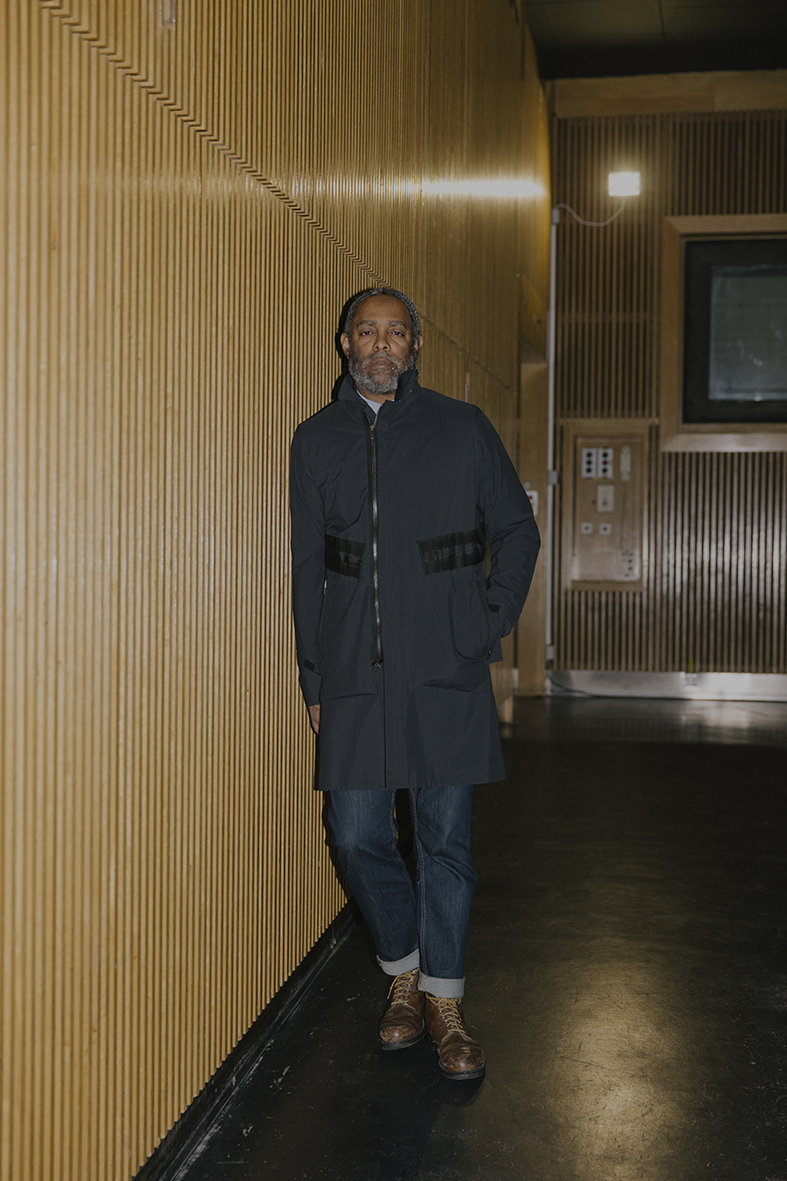48 hour nonstop stream Arthur Jafa
Love Is the Message, The Message is Death
This stream was broadcasted from Friday 26 to Sunday 28 June 2020 (8 pm - 8 pm CET)
Fro June 26, 8 pm Arthur Jafa will stream his film Love is the Message, The Message is Death (2016) on the website of the Stedelijk Museum Amsterdam and 12 other partners for 48 hours. Jafa is an artist, director and award-winning filmmaker. His work tackles and challenges representations of black culture. By streaming the film for 48 hours, Jafa wants to give as many people as possible a chance to see his film, invite them to talk about it, and place it within the current context.
Love is the Message, The Message is Death (2016) is a masterful 7-minute video of found and self-shot footage that traces African-American identity through a vast spectrum of contemporary imagery. From photographs of civil rights leaders watermarked with “Getty Images” to helicopter views of the LA Riots to a wave of bodies dancing to “The Dougie”.
I am thrilled for the opportunity, finally, to have as many people as possible see Love is the Message, The Message is Death.
While Love Is the Message poignantly embodies the artist’s desire to create a cinema that “replicates the power, beauty and alienation of Black Music,” it is also a reminder that the collective multitude defining Blackness is comprised of singular individuals, manifold identities and their unaccountable differences.
Round table discussion
Sat & Sun 8 pm
Two roundtable panel discussions convened by the artist will take place on Saturday, June 27, immediately after the end of the streaming, and on Sunday, June 28, at 8 pm on www.sunhaus.us. Participants on Saturday will be Peter L’Official, Josh Begley, Eleeza Kelley, and Thomas Lax, moderated by Tina Campt, the Owen F. Walker Professor of Humanities and Modern Culture and Media at Brown University.
Sunday’s participants will be Aria Dean, Rashaad Newsome, Isis Pickens, and Simone White, also moderated by Tina Campt.
Participating bodies
Love is the Message, The Message is Death will be streamed on the website of the Stedelijk Museum Amsterdam; Dallas Museum of Art; Glenstone Museum; High Museum of Art in Atlanta; Hirshhorn Museum and Sculpture Garden; The Museum of Contemporary Art Los Angeles; The Studio Museum in Harlem; Julia Stoschek Collection Berlin; Luma Arles; Luma Westbau; Palazzo Grassi – Punta della Dogana – Pinault Collection; Smithsonian American Art Museum; and the Tate. in London.
These museums have included the work in their collection and, in light of the anti-racist demonstrations, are uniting to make sure that the film can be seen by as many people as possible. The streaming affirms the Stedelijk’s statement released last week to stand against institutional racism and pursue a more vigorous policy to empower the role of artists and curators of colour in the museum.

The work of Arthur Jafa holds an unequalled place in the Stedelijk collection. Jafa’s unique multidisciplinary practice portrays the reality of our society through compelling images mirroring that same society. The Stedelijk is committed to fighting against racism and has resolved to significantly increase the number of artists of colour in our collection and in our programming.

About the artist
Arthur Jafa (b. 1960, Tupelo, Mississippi) is an artist, filmmaker and cinematographer. Across three decades, Jafa has developed a dynamic practice comprising films, artifacts and happenings that reference and question the universal and specific articulations of black being.
